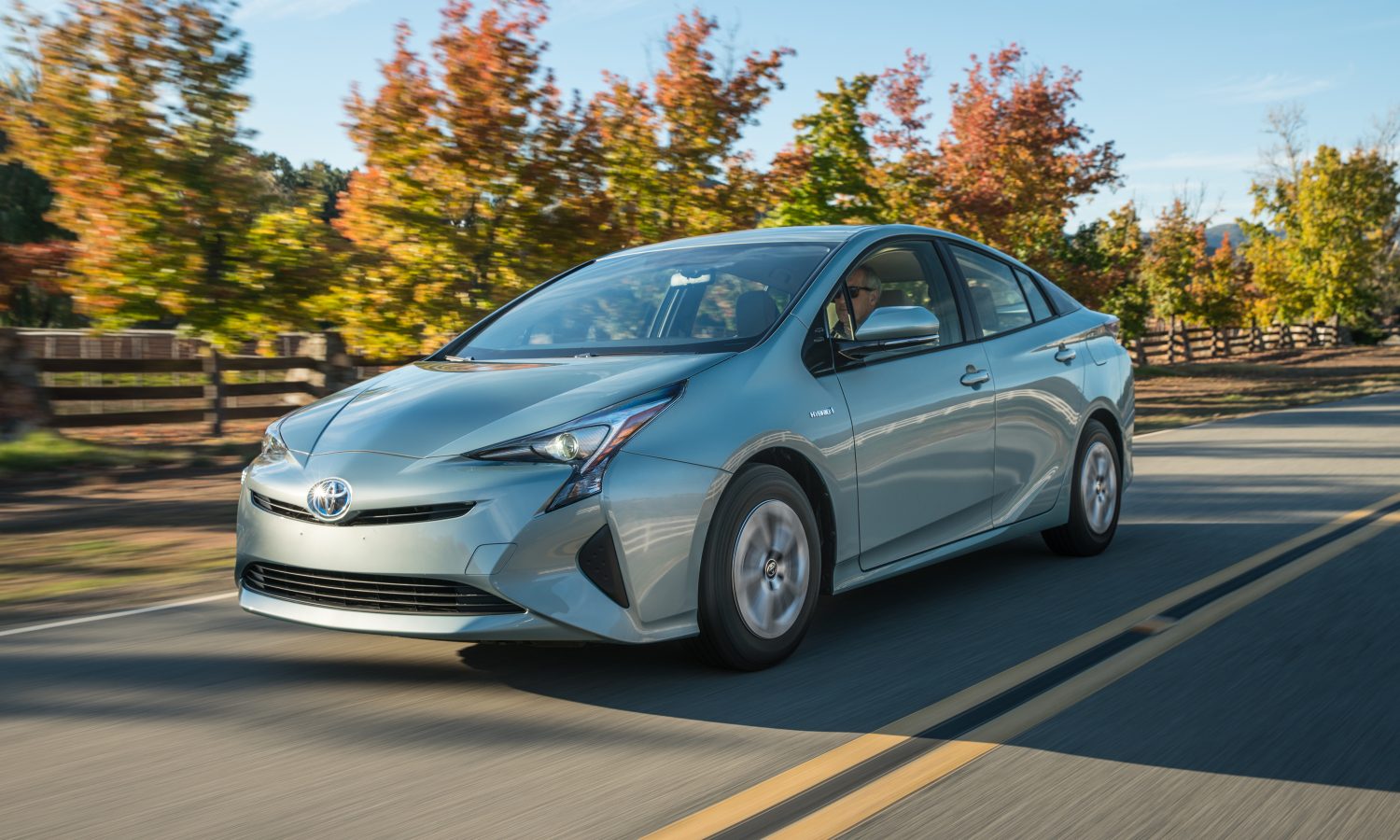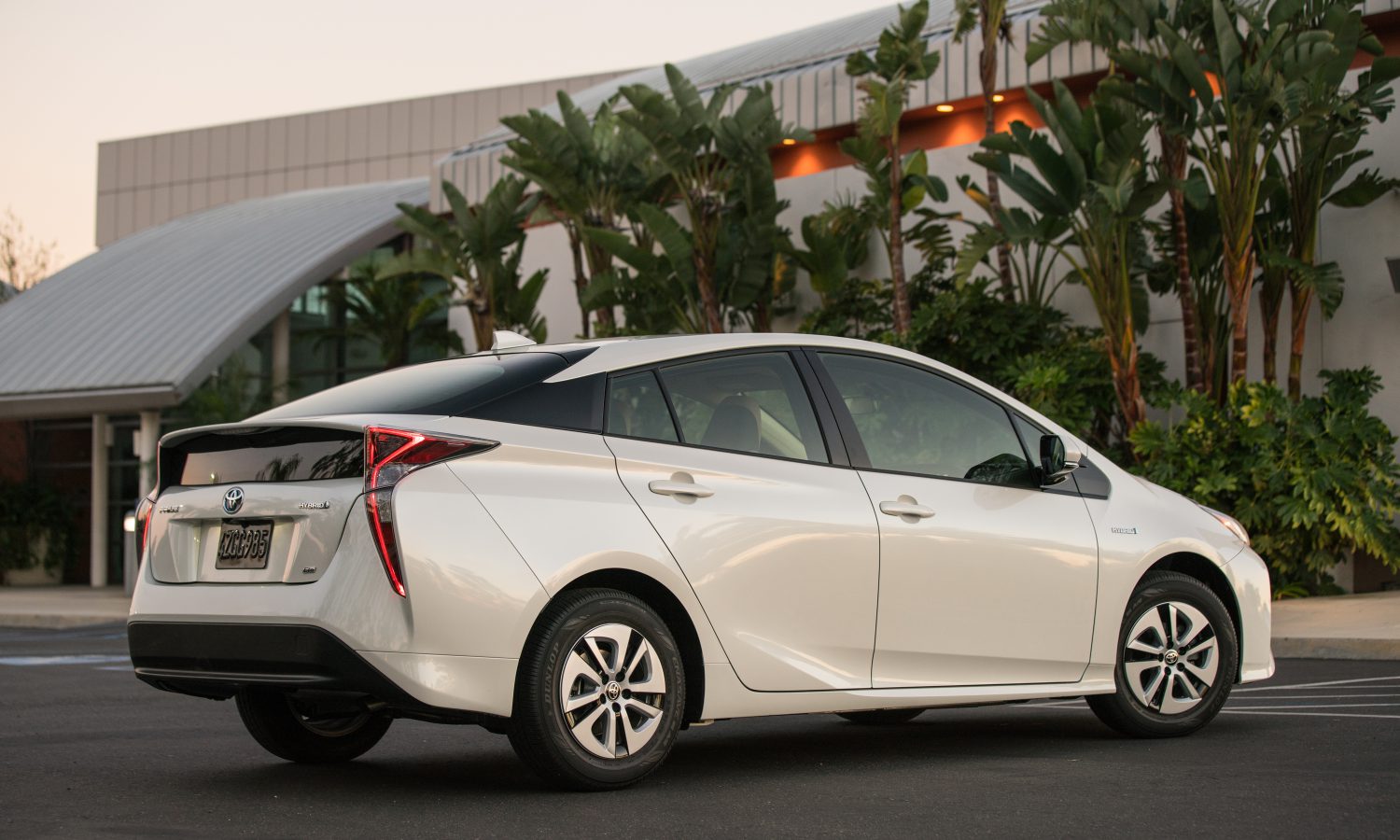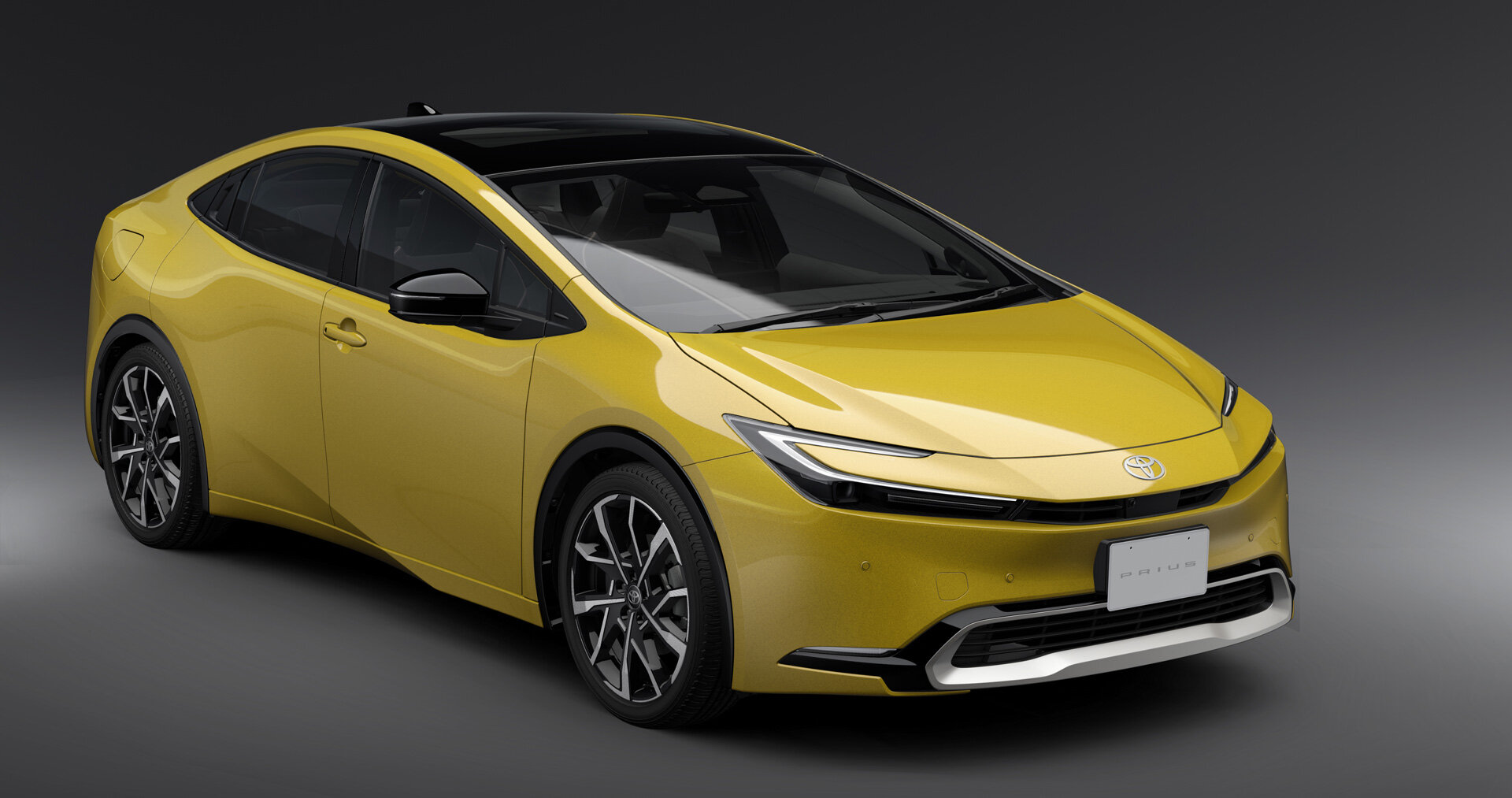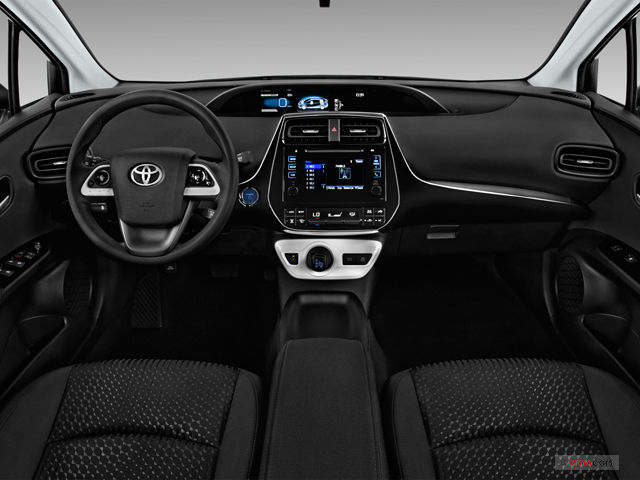Consultation
+370 645 64564
info@bauto.lt
Orders
+370 645 64564
uzsakymai@bauto.lt
Consultation
+370 645 64564
info@bauto.lt
Orders
+370 645 64564
uzsakymai@bauto.lt

We guarantee that we have exactly what you are looking for in our database of 35 million car parts. The Bauto system is the fastest and most reliable way to find the right car parts.

The Toyota Prius car is divided into generations:

You can find any part for these models by the OEM number - this is the original code of the part provided by the car manufacturer. This code indicates that the part meets all technical requirements and the highest standards. You can find the code on the part itself or in a special database. If you don't know it, just write to us and we will send it to you.

The Toyota Prius is a hybrid car with a unique drive system. Initially, it was a four-door sedan, but since 2003, it has been manufactured only as a five-door hatchback. The Prius was first introduced in Japan in 1997 as the world's first mass-produced hybrid car. It was not until 2000 that it was introduced worldwide. With each passing year, the popularity and sales of the Prius have continued to rise, and by September 2022, it became the best-selling hybrid car in the world, with over 5 million units sold.

The popularity of the Prius is well-deserved, as it is one of the most environmentally friendly cars in the world. In 2007, the United States Environmental Protection Agency (EPA) and the California Air Resources Board (CARB) rated the Prius as one of the cleanest vehicles sold in the United States in terms of smog-forming emissions. In 2018, the Prius Eco ranked second in fuel efficiency as a non-plug-in hybrid gasoline car that was available for purchase in the United States.
The name "Prius" is significant, as it is a Latin word meaning "first," "original," or "superior."
Currently, the fifth generation of the Prius is being manufactured, and over the course of its production, two facelifts have been released - one for the third-generation XW30 and one for the fifth-generation XW60.
The technical data of each car varies depending on the modifications of the car. In the table below, we have summarized the technical data for the Toyota Prius:
If you have encountered any of the above-mentioned or other issues with your Toyota Prius, Bauto has all the original spare parts for this model. Choose only original and high-quality spare parts for your repairs, so that your car will roll out of the garage as good as new, maintaining all the operational characteristics of the vehicle. In addition to replacement parts, we also offer tuning parts, comfort equipment, and original Toyota accessories for your car.
In the search field, enter the OEM code of the Toyota Prius part you are looking for and choose the supplier that offers you the best delivery time and price.

Toyota Prius XW10 (1997-2003)
In 1992, Toyota set out to enter the 21st century by creating a car that would save the environment and emit the least amount of CO2 possible. With the lead of the engineering team led by Takehisa Yaegashi, it was aimed to combine clean electricity with fuel.
Thus was born the Prius - the standard for ecology, practicality, and savings in the world of cars. It is the first mass-produced hybrid car in history, quickly becoming a leader in the hybrid car industry.
The biggest challenge for Toyota engineers in creating the first hybrid car was to install an electric motor that would be powerful enough. The car had to cover long distances, but at the same time ensure reliable operation. Prius developers solved this problem by creating an innovative electric motor control system - a special control module that regulates and harmonizes the work of two different engines - electric and gasoline.
Initially, Prius cars were sold only in Japan. Export to Europe began in the early 2000s, and the first Prius in the US was sold between 2001 and 2003.
These cars were characterized by a futuristic design, compact size, and minimalist gray interior.
The cars were equipped with an electrically driven air conditioner and standard passenger safety systems, such as an anti-lock braking system.
Main features:
Specifications:
Advantages:
Disadvantages:

With the second generation Prius, the manufacturers solved certain problems and shortcomings of the first generation and ultimately secured a leading position in the hybrid car industry.
The XW20 model introduced many innovations - even more improved performance and driving comfort. Perhaps the most obvious improvement is that the car provides much more space for the driver and passengers inside. The car body has a modern and streamlined shape, and the aerodynamic coefficient of this Prius model is impressive - just 0.26.
The car was powered by a 1.5-liter 4-cylinder gasoline and electric hybrid engine. The total engine power was 76 kilowatts (about 102 horsepower), and the new Toyota "Hybrid Synergy Drive" technology allowed the driver to drive solely on the electric motor for a longer time without the need to switch to the gasoline engine.
The second-generation Prius embodied the future - both with its futuristic streamlined exterior design and interior finish and functions. Inside the car, there was an air conditioner that automatically regulated the interior temperature based on external and internal air conditions.
The steering wheel had certain function controls so that the driver did not need to use the control panel.
Another important distinctive feature of Prius cars was the modern function screen in the cabin. Although smartphones were just on the way, this car already had a screen that displayed information about fuel consumption and the status of both engines during driving.
Main features:
Specifications:
Advantages:
Disadvantages:

The third-generation Prius is a more modern, powerful, and fuel-efficient hybrid car that allowed Toyota to maintain its leading position in the hybrid car market.
Introduced in 2009, the new model replaced second-generation cars and pleased Prius fans with even better improvements. The car's design became even more aerodynamic and futuristic, and the coefficient of aerodynamic drag was also reduced to 25 Cd.
The new model features a larger engine - 1.8 liters instead of the previous 1.5-liter engine. The gasoline engine generated up to 98 horsepower, and combined with the electric motor, the car's total power was 134 horsepower instead of the previous generation's maximum power of 110 horsepower. These changes ensured even greater fuel efficiency when driving on highways.
The standard XW30 equipment included conveniences such as a comprehensive dashboard screen with engine information, navigation, music system, and climate control. A rearview camera was also installed, making parking the car safer and easier.
Interesting detail: The Prius was such a quiet car that in 2010, third-generation owners were given the option to buy a special sound accessory from Toyota dealerships, which generated a soft but noticeable hum to alert pedestrians to the car passing by. The sound effect started to work when the car was traveling at 25 km/h or lower speeds: usually, at this speed, the Prius is completely silent, so this accessory was designed to improve the safety of all road users.
Main features:
Specifications:
Advantages:
Disadvantages:
Toyota Prius XW30 facelift (2012-2016)
Among the updates for the third-generation Prius were some design changes, giving the car more modernity and elegance. A larger screen (6.1 inches) was also integrated into the car's interior.
Perhaps the most important update for the Prius III facelift is the improved driving experience. The sound insulation has been improved, making acceleration inside the car less noisy than before. Another modern update is the integration of solar panels on the car's roof, another additional source of clean energy that allows the battery to be charged even while the car is stationary.

When it comes to competing with other hybrid car leaders, it's becoming increasingly difficult for Prius developers to differentiate their product. In order to maintain strong positions, it's necessary to take stronger action. The latest fourth generation Prius is a clear proof of that.
At first glance, the XW50 design makes it clear that this is a completely new product. Although not everyone understood or appreciated the highly expressive and even more aerodynamic Prius shapes, they maintain the modernist Toyota design style and, according to the creators, provide even better resistance to the air: 0.24 Cd.
The owners of this car claim that the driving experience has significantly improved. The steering mechanism has become more precise, driving on the road has become more comfortable, and the hybrid transmission works quieter than ever before.
The quality of the materials used in the interior has also improved - the salon and interior are designed with quality in mind, while maintaining practicality. The car has become even more spacious, and more comfortable seats have been added - inviting the whole family on long journeys.
Main features:
Specifications:
Advantages:
Disadvantages:
Toyota Prius XW50 facelift (2019-2022)
The fourth generation Prius facelift modification gained several new design elements: original headlights were replaced with more modern ones.
More stability has also been provided: better control when driving at high speeds and updated tires. Among the safety upgrades, a night vision camera and a more sensitive automatic braking system can be found.
Toyota engineers also took care of comfort upgrades: improved instrument panel control and a better climate control system were introduced.





